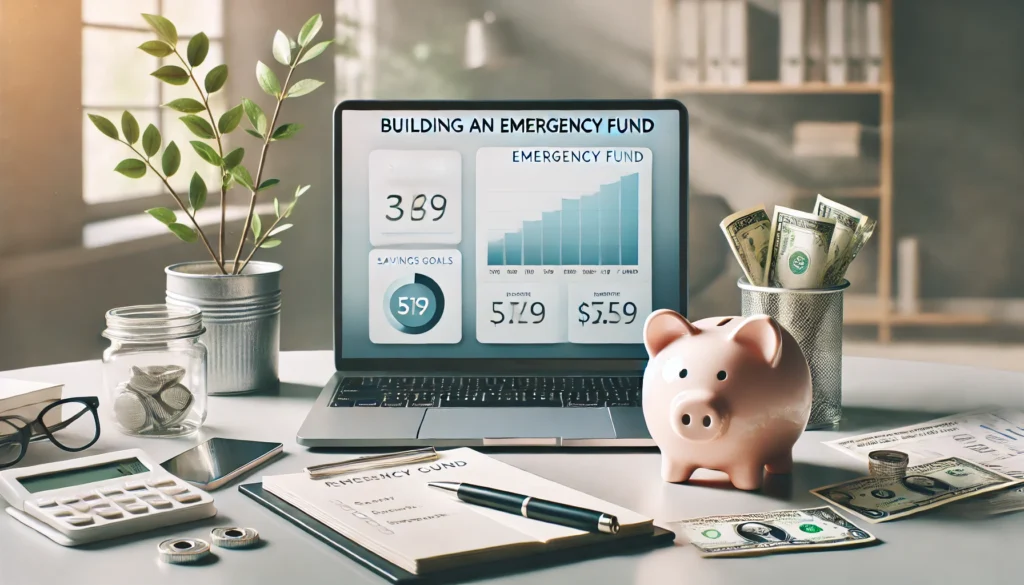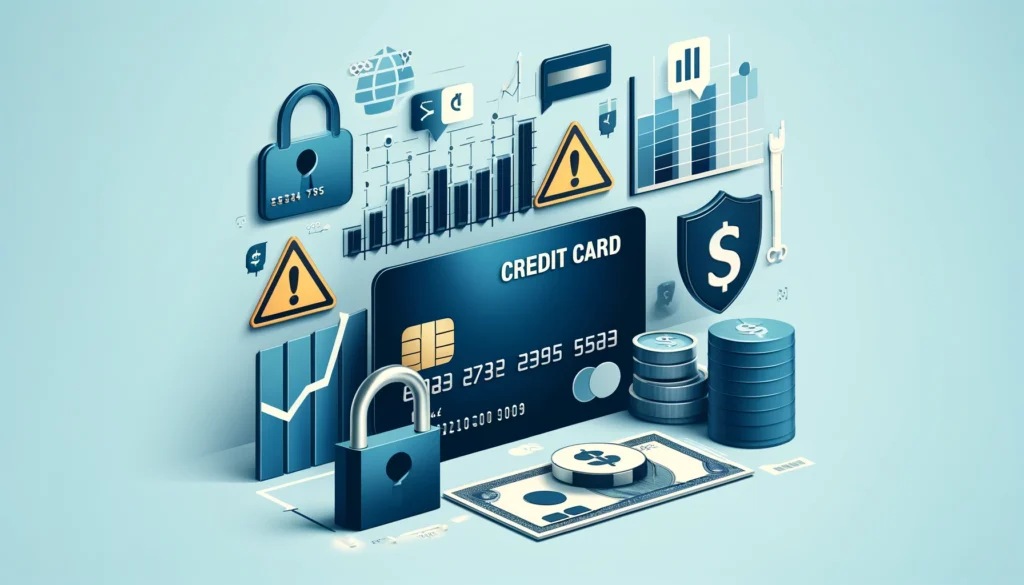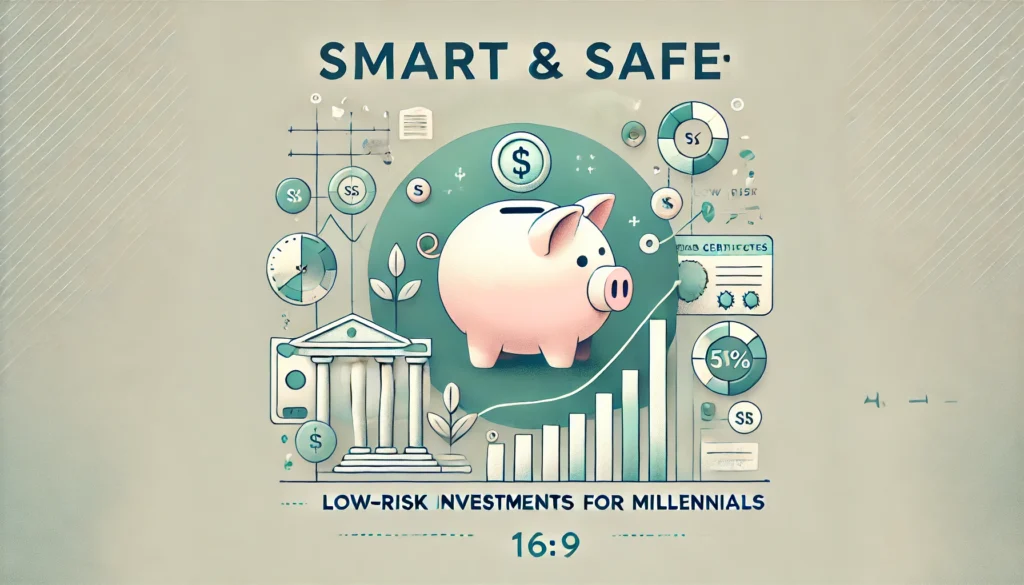In today’s unpredictable world, an emergency fund isn’t just a nice-to-have—it’s a financial necessity. Whether you’re dealing with unexpected medical expenses, a sudden job loss, or car repairs, having a robust emergency fund can be the safety net that prevents you from spiraling into debt. But how do you build one quickly and efficiently? This guide will walk you through actionable steps to create and grow your emergency fund while maintaining smart money management practices.
Why Is an Emergency Fund Essential?
An emergency fund serves as a financial cushion for life’s unexpected expenses. Experts recommend saving three to six months’ worth of living expenses in an easily accessible account. Here’s why:
- Financial Security: Prevents reliance on high-interest credit cards or loans during emergencies.
- Peace of Mind: Reduces stress by providing a safety net.
- Flexibility: Enables you to handle unexpected situations without derailing long-term financial goals.
Stat: A recent report by the Federal Reserve found that nearly 40% of Americans couldn’t cover a $400 emergency expense without borrowing or selling something. This highlights the critical importance of saving.
How Much Should You Save?
The amount you need depends on your lifestyle, monthly expenses, and financial goals. Use these guidelines to determine your target:
- Basic Starter Fund: $1,000 for minor emergencies like car repairs or medical bills.
- Mid-Term Fund: Three months of essential expenses (rent, utilities, groceries).
- Comprehensive Fund: Six months or more for those with dependents or irregular income.
Pro Tip: If saving six months’ worth of expenses feels overwhelming, start small. Build momentum by aiming for your first $1,000.
Top Strategies to Build an Emergency Fund Quickly
1. Set a Clear Savings Goal
Define exactly how much you need to save and by when. Break it into smaller, manageable milestones. For instance:
- Goal: Save $3,000 in six months.
- Breakdown: $500 per month or ~$125 per week.
Write down your goal and track your progress weekly to stay motivated.
2. Automate Your Savings
Automation ensures consistency and reduces the temptation to spend. Set up an automatic transfer from your checking account to a dedicated savings account.
- Frequency: Weekly or bi-weekly (aligned with your payday).
- Amount: Start with 10%–20% of your income, or whatever is feasible.
Example: If you earn $3,000 per month, automating $300 monthly savings puts you on track for a $3,600 emergency fund in a year.
3. Cut Non-Essential Expenses
Identify areas where you can trim spending without significantly impacting your lifestyle. Use a budgeting app or review your bank statements to spot opportunities.
- Dining Out: Cook at home more often. A $50 restaurant bill saved weekly adds up to $200 monthly.
- Subscriptions: Cancel unused streaming services or gym memberships.
- Impulse Purchases: Implement a 24-hour rule before buying non-essentials.
Quick Win: Saving just $150 monthly from discretionary expenses can fast-track your emergency fund.
4. Boost Your Income with Side Hustles
Earning extra income can accelerate your savings significantly. Here are a few popular side hustle ideas:
- Freelancing: Offer skills like writing, graphic design, or virtual assistance on platforms like Upwork or Fiverr.
- Gig Economy Jobs: Drive for Uber, deliver food with DoorDash, or offer services on TaskRabbit.
- Sell Unused Items: Declutter and sell things you no longer need on eBay or Facebook Marketplace.
Real-Life Example: If your side hustle earns $300 per month, you can reach a $1,000 savings goal in just over three months.
5. Save Windfalls and Bonuses
Unexpected income, like tax refunds, bonuses, or monetary gifts, should go directly into your emergency fund.
- Bonus Strategy: Allocate 80% to savings and 20% for fun or discretionary spending.
- Windfall Example: A $2,000 tax refund can immediately cover two-thirds of a starter fund.
6. Open a Dedicated High-Yield Savings Account
A high-yield savings account (HYSA) not only keeps your emergency fund separate but also allows your money to grow faster due to higher interest rates.
- Comparison: Traditional savings accounts often offer 0.01% APY, while HYSAs provide 3%–4%.
- Accessibility: Choose an account with no withdrawal penalties to ensure liquidity.
Example: If you save $5,000 in an HYSA at 3.5% APY, you’ll earn $175 in interest annually—boosting your fund without extra effort.
7. Practice No-Spend Challenges
A no-spend challenge involves cutting out all non-essential purchases for a set period, such as a week or month.
- Goal: Direct all saved money toward your emergency fund.
- Common Strategies: Meal prep, borrow instead of buying, and find free entertainment.
Motivational Takeaway: A successful no-spend month can free up hundreds of dollars to supercharge your savings.
Mistakes to Avoid When Building an Emergency Fund
- Using the Fund for Non-Emergencies: Define what qualifies as an emergency and stick to it.
- Investing Emergency Savings: Keep your fund liquid; avoid stocks or other volatile investments.
- Neglecting Regular Contributions: Inconsistency slows progress. Automate to stay on track.
Real-Life Success Stories
- Case Study 1: Sarah, a 28-year-old teacher, saved $1,500 in six months by combining no-spend weekends, selling clothes online, and automating $100 bi-weekly transfers.
- Case Study 2: Mike, a freelance graphic designer, built a $5,000 fund in one year by picking up additional projects and allocating 30% of his earnings to a high-yield savings account.
Conclusion: Take Action Today
Building an emergency fund quickly requires discipline, focus, and smart financial habits. Whether you’re starting with just $100 or already have $1,000 saved, every step you take brings you closer to financial security.
Actionable Steps to Start Today:
- Set a savings goal and timeline.
- Open a dedicated high-yield savings account.
- Automate regular contributions.
- Find ways to cut expenses or boost income.
Motivational Reminder: Life is unpredictable, but having an emergency fund ensures you’re prepared for whatever comes your way. Start small, stay consistent, and watch your financial safety net grow.



